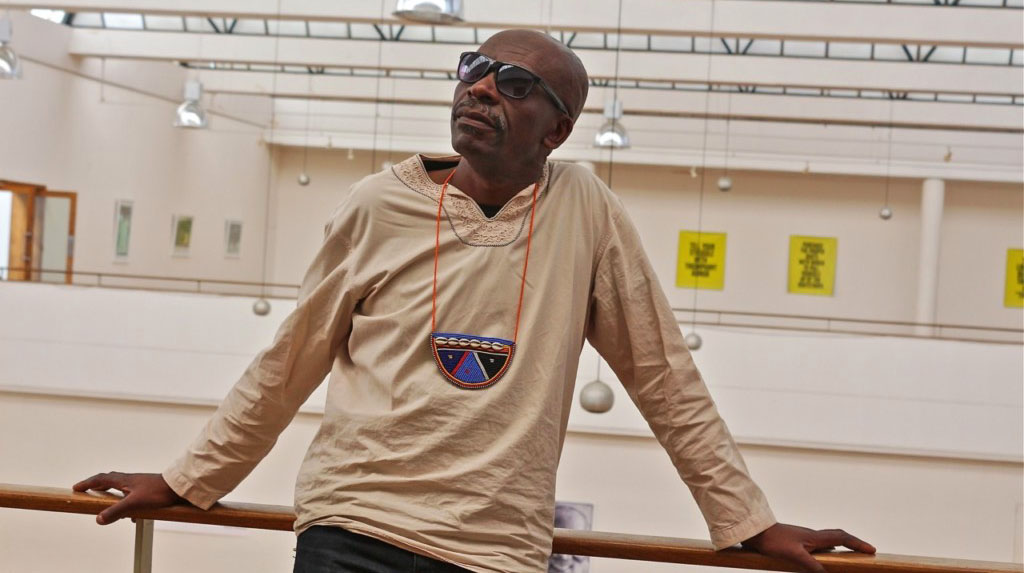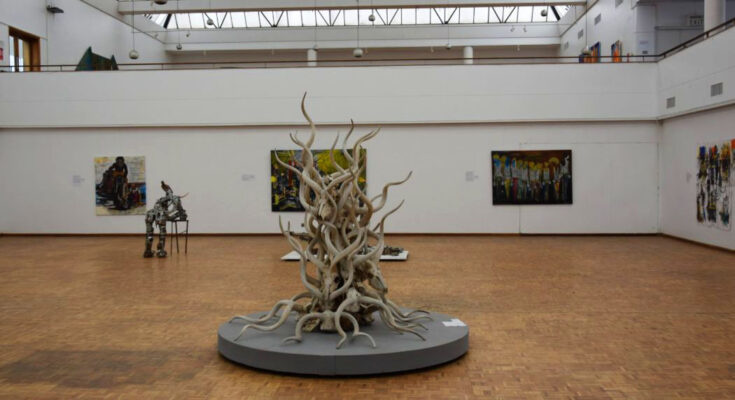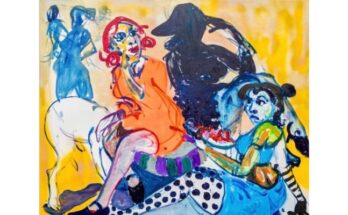Zimbabwe National Art Gallery rendered lifeless as Covid-19 takes its toll
The Covid-19 pandemic has literally brought the whole world to its knees with every aspect of society being affected one way or the other.
While Zimbabwe was spared of the full wrath of the virus in the early days, the populace got a taste of what the future would be like when the President announced the first national lockdown which started on March 30.
Since then, life has not been the same and the situation has even gotten worse as the numbers continue spiralling upwards.
Within all this Covid-19 chaos and mayhem, the arts and culture industry has been one of the heaviest casualties, with public gatherings having been on ice for the past five months.
Even when lockdown restrictions were loosened up a bit a few weeks back as churches, gyms and restaurants were given a bit of breathing space, artistes were still left out in the cold.
The National Art Gallery is one of the many institutions which has been feeling the full impact of the pandemic.
Being an art space that basically feeds on human traffic, this establishment has had a lifeless 2020.


The gallery’s Acting Executive Director and Chief Curator Raphael Chikukwa says the situation is hard to comprehend.
“It’s hard to comprehend as a public institution, knowledge hub and a platform for exhibitions. We are used to audiences walking in and out and now it is a thing of the past. I miss interacting with audiences even through our public programming Harare Conversations,” said Chikukwa.
“This year we only had one opening which is ‘Freedom through the Eyes of General Tongogara’. When we officially opened it we had hugs and kisses with those that came to the exhibition and little did we know that those where the last hugs and kisses.
“An exhibition that we never opened is the ‘Point of View’ by David Palacios. That exhibition is in quarantine along with the ‘Freedom Through the Eyes of General Tongogara’.
Chikukwa adds, “In short I would like to say all our exhibition programming of 2020 is in disarray and our Artlife Airport shop and other programs throughout our regional galleries have been affected too.”
While the Tongorara exhibition got to have viewership, with many people coming in to see it, the artwork never got to live its full lifespan as the lockdown came weeks before it was to be taken down.
The message around the world has been that of accepting that the current situation is the ‘new norm’. Society is being encouraged to adapt and accept that the virus might not be going anywhere anytime soon.


The gallery has also been reflecting, rethinking and refocusing on how best it can get back on its feet in this ‘new world’.
“We have to have a new strategy and currently with our regional galleries we are working on something that will reflect on this new normal.”
The “Cyclone Idai” exhibition which was supposed to open in March to mark one year after the disaster has since been launched online.
Chikukwa says that exhibiting online might be the only solution at the moment, but stresses that the experience is not the same as that of going to a gallery and a museum.
“This unique experience is what is being replaced by the online exhibition. Going to a gallery and a museum gives you a perspective and scale of the artwork and objects you will be viewing.
“I am afraid that because of Covid-19, a number of museums across the globe are going to close for good and it’s a sad reality.”
He added that going forward, it is not only artists who have to deal with this issue but also the audiences.
“There is need to follow instructions from health expects and WHO regulations. Wearing of masks, social and physical distancing, disinfection and sanitisation remains key to our future.
“As cultural institutions and artists, as well as our audiences, these guidelines remain key and if we fail to follow them we would have failed ourselves and the results will be seen.
“Artists are creative people and I am very confident that they will be able to adjust accordingly.”





